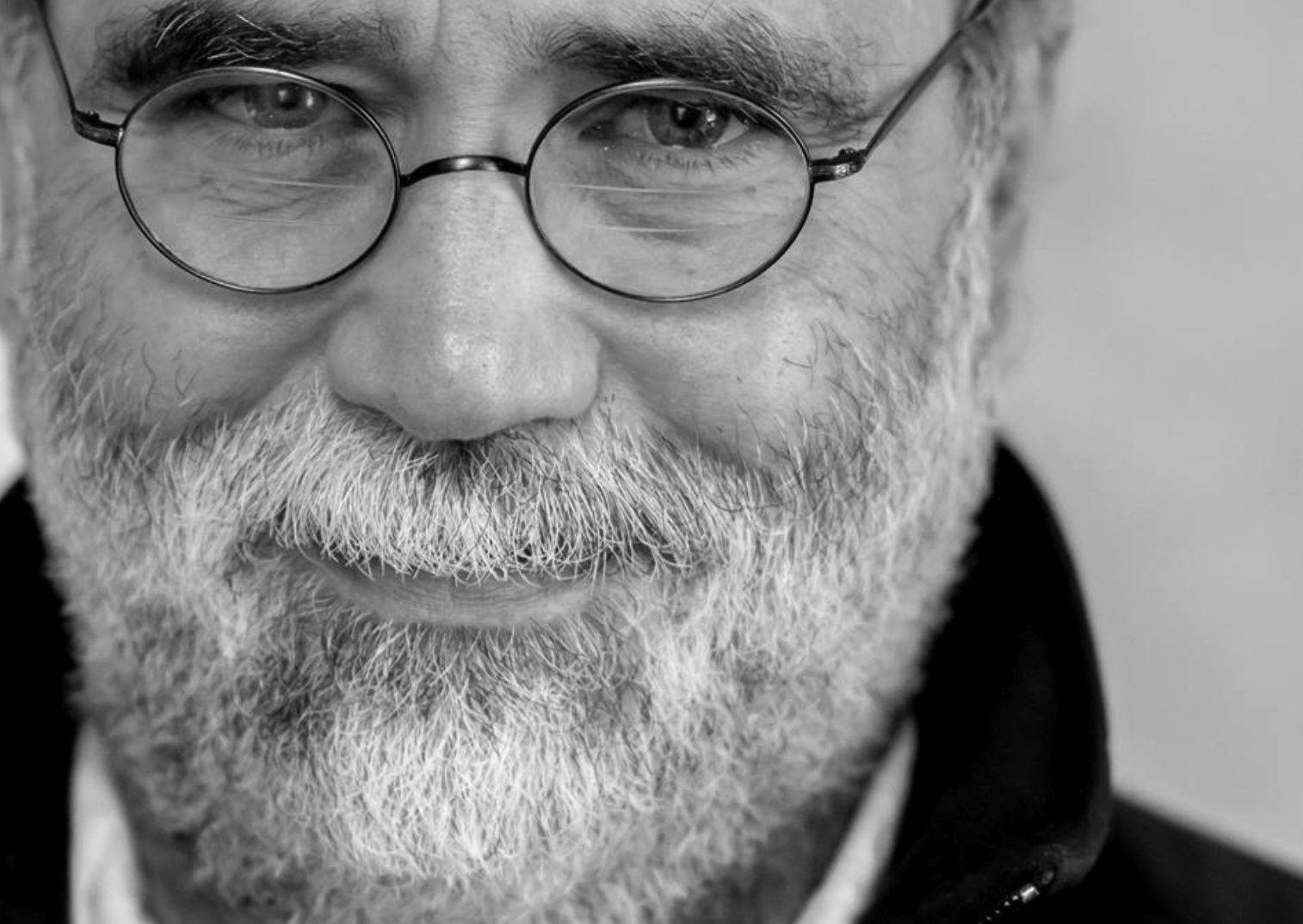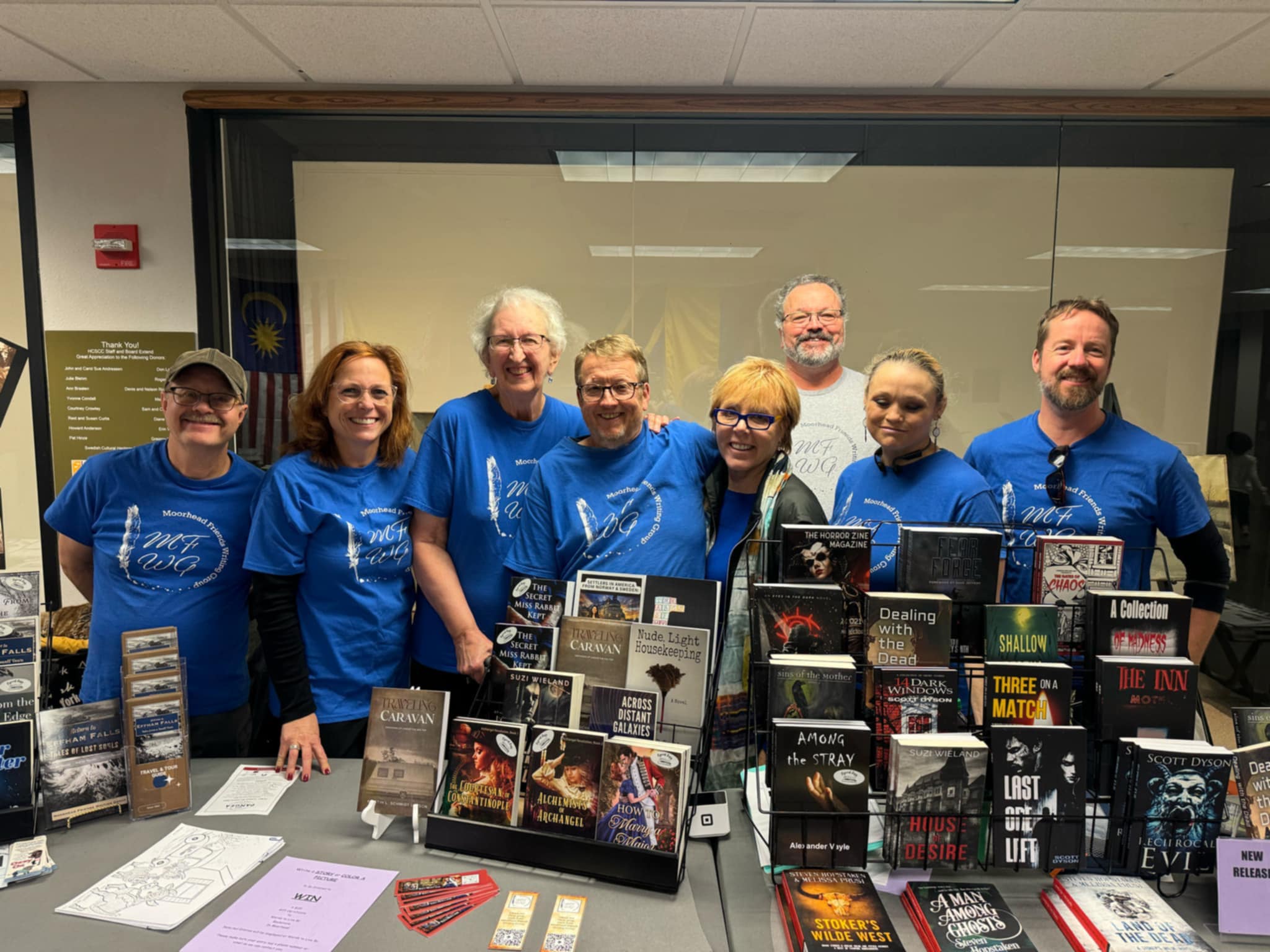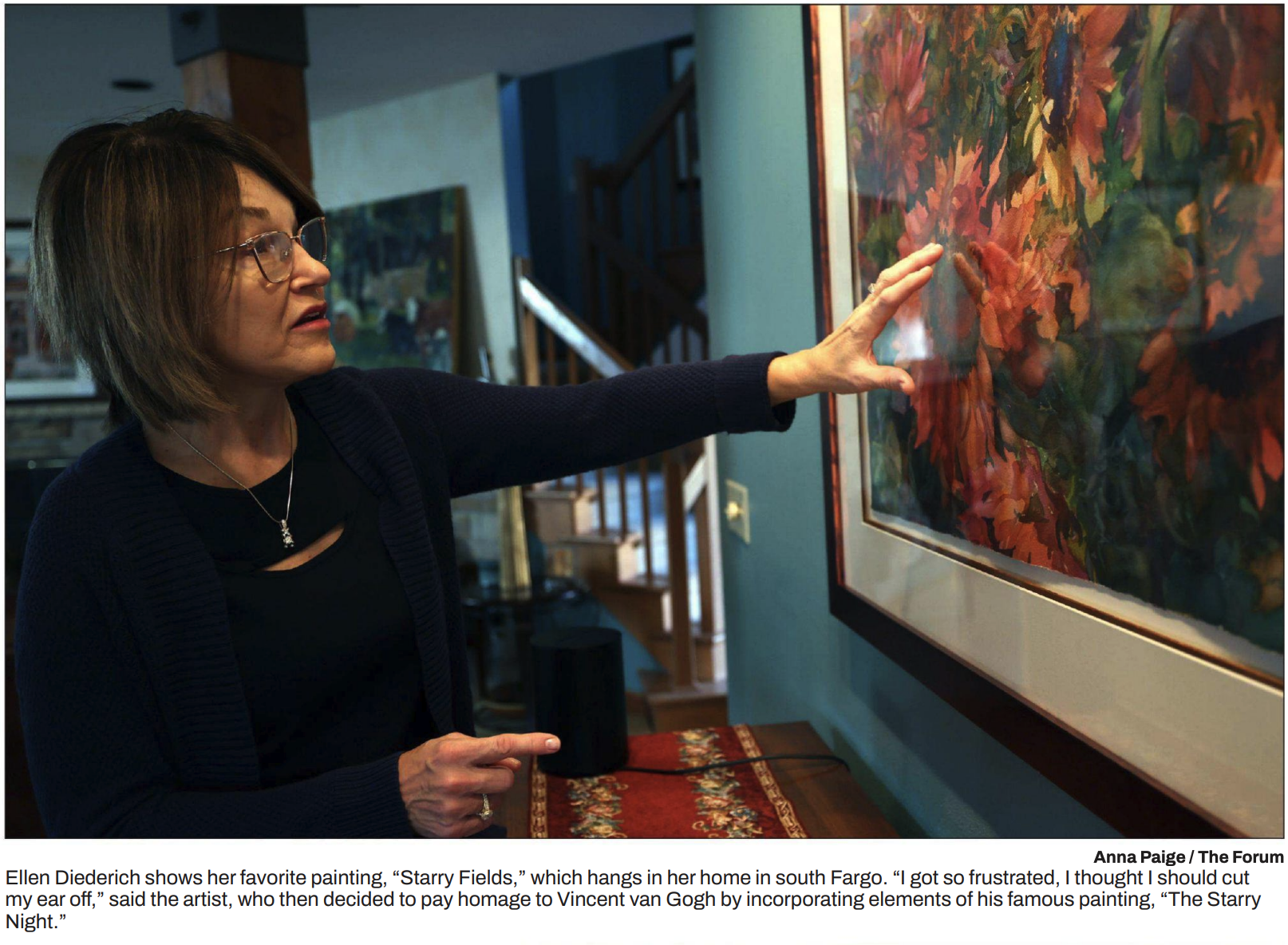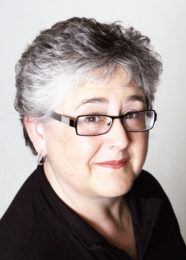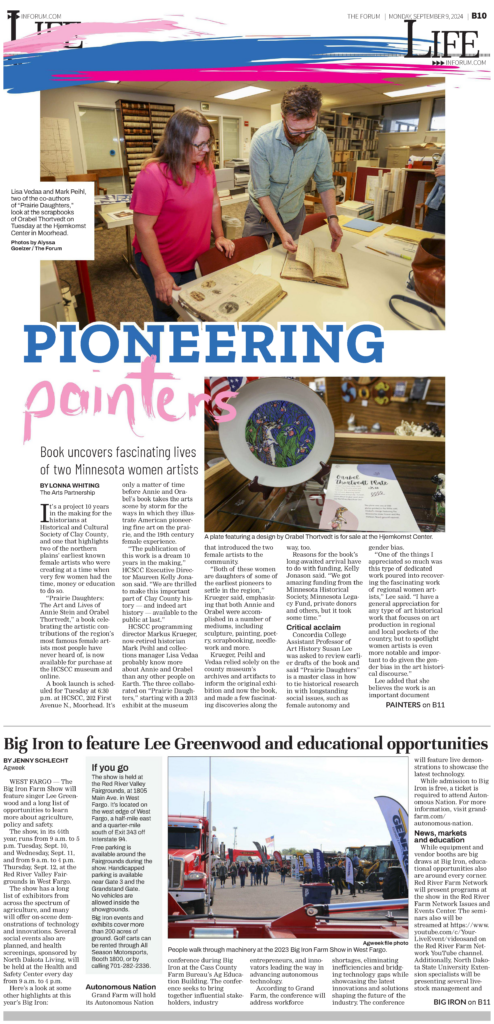

It’s a project ten years in the making for the historians at Historical and Cultural Society of Clay County, and one that highlights two of the northern plains’ earliest known female artists who were creating at a time when very few women had the time, money or education to do so.
“Prairie Daughters: The Art and Lives of Annie Stein and Orabel Thortvedt,” a book celebrating the artistic contributions of the region’s most famous female artists most people have never heard of, is now available for purchase at the HCSCC museum and online.
A book launch is scheduled for Tuesday at 6:30 p.m. at HCSCC, 202 First Avenue N., Moorhead. It’s only a matter of time before Annie and Orabel’s book takes the arts scene by storm for the ways in which they illustrate American pioneering fine art on the prairie, and the 19th century female experience.
“The publication of this work is a dream ten years in the making,” HCSCC Executive Director Maureen Kelly Jonason said. “We are thrilled to make this important part of Clay County history—and indeed art history—available to the public at last.”
HCSCC’s Markus Krueger, now-retired historian Mark Peihl and collections manager Lisa Vedaa probably know more about Annie and Orabel than any other people on Earth. The three collaborated on “Prairie Daughters,” starting with a 2013 exhibit at the museum that introduced the two female artists to the community.
“Both of these women are daughters of some of the earliest pioneers to settle in the region,” Krueger said, emphasizing that both Annie and Orabel were accomplished in a number of mediums, including sculpture, painting, poetry, scrapbooking, needlework and more.
Krueger, Piehl and Vedaa relied solely on the county museum’s archives and artifacts to inform the original exhibition and now the book, and made a few fascinating discoveries along the way, too.
Reasons for the book’s long-awaited arrival have to do with funding, Kelly Jonason said. “We got amazing funding from the Minnesota Historical Society, Minnesota Legacy Fund, private donors and others, but it took some time.”
Critical acclaim
Concordia College Assistant Professor of Art History Susan Lee was asked to review earlier drafts of the book and said “Prairie Daughters” is a master class in how to tie historical research in with longstanding social issues, such as female autonomy and gender bias.
“One of the things I appreciated so much was this type of dedicated work poured into recovering the fascinating work of regional women artists,” Lee said. “I have a general appreciation for any type of art historical work that focuses on art production in regional and local pockets of the country, but to spotlight women artists is even more notable and important to do given the gender bias in the art historical discourse.”
Lee added that she believes the work is an important document “that contributes to our understanding of the history of our region.”
Talented and tenacious
While “Prairie Daughters” is first and foremost a biography of two female artists, it’s also a detailed and historically accurate glimpse into the life of the pioneer.
“Prairie Daughters” chronicles artifacts saved from the artists’ homes that served to inform the research-based storytelling in the book. Krueger said the team used as many pieces from Annie and Orabel’s lives as they could, including sketches, scrapbooks and diaries.
Some of the artifacts are stunning. It’s impossible not to liken a photograph of Annie with her sister in front of a mirror to a modern-day bathroom selfie, and Orabel’s scrapbooks are a master class in mixed media visual art.
“Annie loved to take photos of herself with her paintings and would actually develop her prints with frames she designed and cut out herself,” Vedaa said.
A self-taught artist, Annie lived in Georgetown, Minn., where she dabbled in many artistic mediums. She is best known for folk art-inspired paintings of her family’s farm house during spring flooding season, but the book also reveals her talents as a fiber artist, songwriter and poet.
“She’s an incredibly talented painter,” Vedaa said. “And the only reason we know about her is because her family saved Annie’s paintings and sold them during an estate sale back in the seventies.”
Local retired chef Kelly Wambach is credited for purchasing and preserving most of Annie’s visual art.
Conversely, Orabel Thortvedt was a bit more worldly in that she formally trained as an animal portraitist in Minneapolis before returning to Glyndon, Minn., to carry on her father’s journaling tradition and set the stage for her own carefully compiled journals documenting life as she saw it.
“Aside from being a great artist, Orabel was a very important historian of our region,” Krueger said. “She comes from a family of obsessives. They recorded everything and kept meticulous family diaries that help inform what we know about the era.”
The book notes that Orabel was highly educated, having spent several years at the Minneapolis School of Lip Reading (she was deaf in one ear) and Minneapolis School of Art, now the Minneapolis College of Art and Design.
Kelly Jonason said the museum recently uncovered original recordings of Orabel and her family celebrating the holidays together, and they’re even more of the Thortvedt library as the years go by.
“She kept records of everything,” Vedaa noted, going so far as to draw floor plans of neighbors’ homes and detailing the lineage of the cats, dogs and horses she painted for commission or for fun.
Yet, where Annie was quiet like an Emily Dickinson, Orabel was a bit more gregarious and active in her community, though both artists flew under the radar during their lifetimes.
“These families are just regular farming families, so they’re not wealthy, and because of their records, we know more about the Thortvedt family than most other prominent Minnesota families,” Kruegers said.
Krueger, Piehl and Vedaa not only looked at the biographical details of Annie and Orabel, but they also examined common creative pursuits of women at the time, how fine art found its way beyond the western frontier and what resources (or lack thereof) were available to them as female artists at the turn of the twentieth century.
“Orabel was fascinated with her family’s place in the county’s history,” Vedaa said. “And her family story begins when they came from Norway to southeastern Minnesota and later Clay County in 1870. She just wanted to record all of the early history.”
Read more about Annie and Orabel
Krueger said “Prairie Daughters” is the first book to document the life of Annie Stein and the first to document Orabel Thortvedt’s life outside of the immigrant experience.
In 2020, a group from Vest-Telemark Museum in Norway visited HCSCC to avail themselves of the enormous Thortvedt collection as part of their research for “Red River Girl: The Art of Orabel Thortvedt.”
“That book is quite different in that its purpose is to really document the immigrant experience,” Krueger added. “‘Prairie Daughters’ is more of a celebration of their artistic achievements on a very local level.”
“Red River Girl” is available for purchase in the HCSCC museum gift shop next to copies of “Prairie Daughters.”
And although books and other content about Annie and Orabel are few and far between, Krueger expects interest in the two women will only grow.
“There’s a lot of interest and we obviously find it all fascinating,” Krueger said. “You’re going to hear a lot more about these women.”

About the author
Lonna Whiting is a freelance writer and owner of lonna.co, a content marketing and communications agency located in Fargo, North Dakota. She is a frequent contributor to The Arts Partnership’s content library and also provides strategic communications consultation to the organization.

